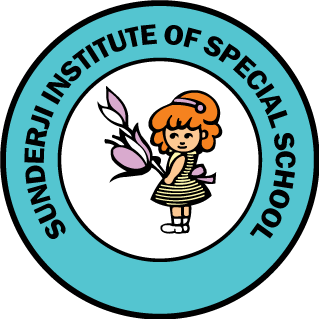The Role of Occupational Therapy in Enhancing Motor Skills for Neurodiverse Kids
For neurodiverse children, the world can often feel like a puzzle full of opportunities and challenges that require unique approaches to learning, moving, and growing.
Among the most crucial support systems available to these children is Occupational Therapy — a powerful, individualized tool that helps build independence, confidence, and life skills.
One of the key areas where OT makes a transformative impact is in developing and enhancing motor skills. From tying shoelaces to climbing a jungle gym,
motor skills are essential for everyday functioning, play, learning, and self-care. For neurodiverse kids — including those with Autism Spectrum Disorder (ASD), ADHD,
Dyspraxia, and Sensory Processing Disorders — these skills may develop differently, often requiring intentional guidance and therapeutic intervention.
Understanding Motor Skills: Fine vs. Gross
Before we explore the role of occupational therapy, it’s important to understand the two types of motor skills:
- Fine Motor Skills involve the use of small muscles — particularly those in the hands and fingers — for tasks like writing, buttoning clothes, cutting with scissors, or picking up small objects.
- Gross Motor Skills involve larger muscle groups and whole-body movements — such as walking, jumping, balancing, or climbing stairs.
Children with neurodiverse profiles may experience challenges in either or both of these areas, which can impact their academic performance, daily living skills, and social participation.
How Occupational Therapy Helps
1. Customized Assessment and Planning
Occupational therapists begin with a detailed evaluation of the child’s motor development, sensory preferences, and challenges in daily functioning.
This assessment helps create a personalized therapy plan that aligns with the child’s strengths, goals, and developmental needs.
2. Play-Based Learning
For young children especially, OT sessions often look like play — but each activity is thoughtfully chosen to target specific motor skills.
Activities like stacking blocks, drawing with crayons, squeezing putty, or navigating obstacle courses are fun, yet therapeutic.
3. Fine Motor Skill Development
To support tasks like holding a pencil, using utensils, or managing buttons and zippers, occupational therapists introduce exercises and tools that
strengthen hand-eye coordination, finger strength, and dexterity.
4. Gross Motor Skill Enhancement
Through exercises that focus on posture, core strength, balance, and coordination, therapists help children improve movements required for sports, playground activities, and basic mobility.
5. Sensory Integration
Many neurodiverse children also have sensory processing differences, which can affect how they respond to movement, touch, sound, or visual input.
OT helps integrate these sensory experiences in a structured way, helping children feel more regulated and comfortable while performing motor tasks.
6. Adaptive Strategies and Tools
When a particular motor skill is especially difficult, therapists may introduce adaptive tools — like pencil grips, Velcro clothing, or alternative ways
to complete tasks — to promote independence and reduce frustration.
7. Family and School Collaboration
OT doesn’t exist in a vacuum. Therapists work closely with parents, caregivers, and teachers to ensure that strategies are consistent across environments.
This team-based approach strengthens progress and encourages generalization of skills.
Beyond Motor Skills: Building Confidence and Independence
The benefits of occupational therapy go far beyond improving movement. As children begin to succeed in tasks they previously struggled with,
they build confidence, self-esteem, and a stronger sense of independence. These foundational qualities support academic success, positive social
interactions, and emotional resilience — all key to a thriving childhood.
Conclusion
Motor skills are more than just physical movements — they are the building blocks of a child’s daily experiences. For neurodiverse children,
occupational therapy provides a bridge between challenges and possibilities. With patience, creativity, and a personalized approach,
OT empowers these young learners to move through the world with greater confidence, capability, and joy.
At the heart of it all, occupational therapy celebrates every small victory — because every movement forward is a step toward a more independent and fulfilled life.
